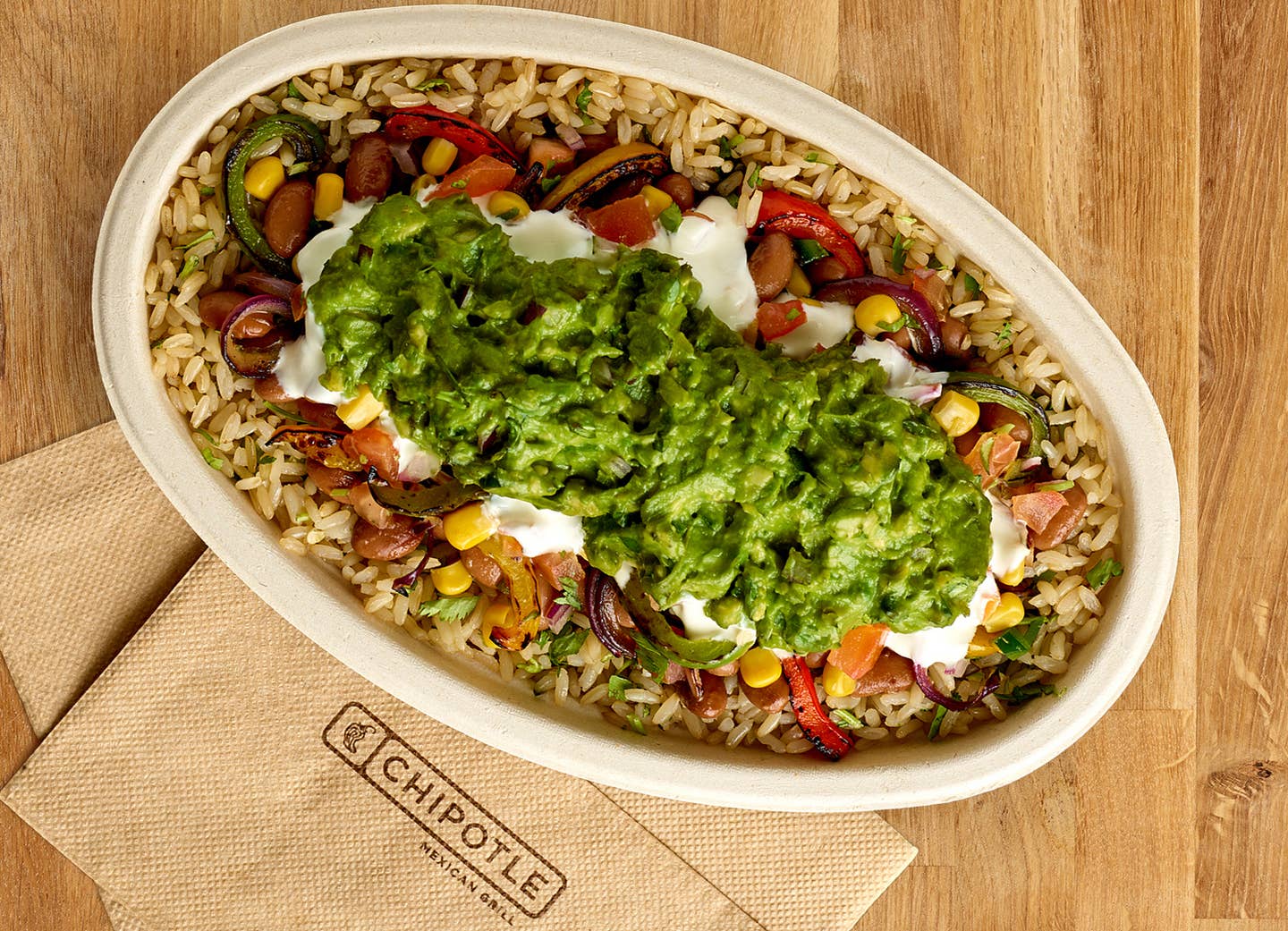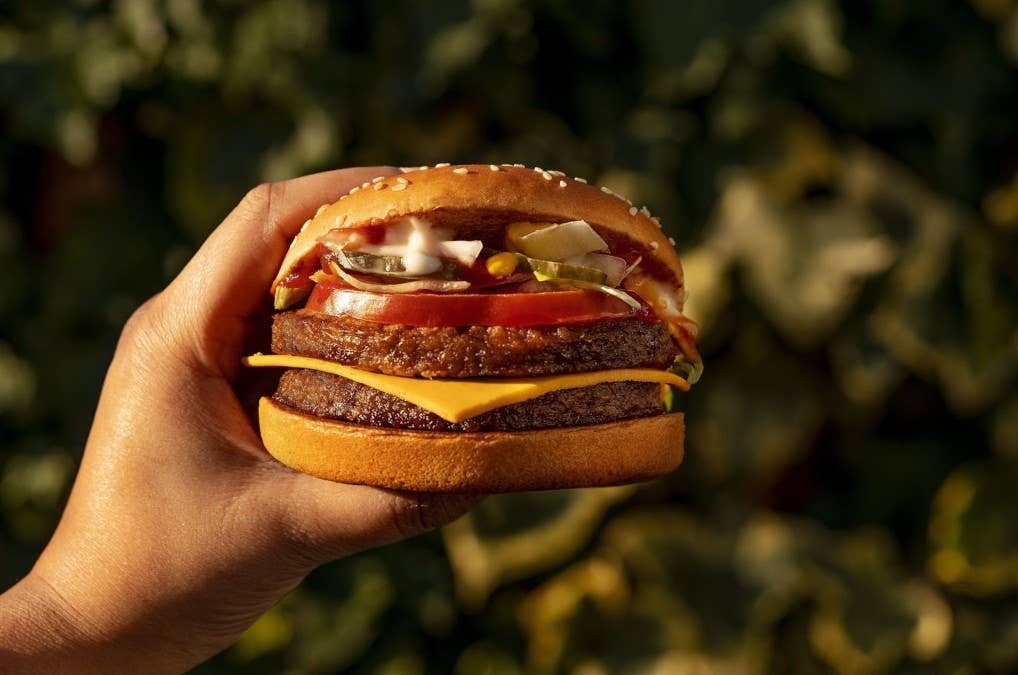
Chef Matthew Kenney Shows You How to Make His Famous Beet Poke Bowl Recipe
Chef Matthew Kenney has a knack for making fresh fruits and vegetables seem even more vibrant and colorful than they already are with inventive, elevated recipes. For Kenney, market produce lends itself to fine dining just as much as its animal counterparts. As a restaurateur and hospitality mogul, Kenney has built an empire around upscale vegan dining, with restaurants in Bahrain to Dubai, and Los Angeles to New York. His dishes are consistently thoughtful and innovative, not to mention delicious and refreshing.
Last week Kenney shared a recipe for a Beet poke dish, celebrating the Dubai Food Festival and his company’s partnership with Four Seasons Dubai. Although poke usually conjures up images of raw meat and fish, Kenney demonstrates how seamlessly a simple roasted beet can take the place of raw tuna, not to mention it shares the fish’s deep red color. The dish is surprisingly simple, but astoundingly elegant––certainly a dish meant for the Four Seasons. And like a lot of vegan dishes, there is room for creativity, layering of garnishes, and your own spin on the recipe.
The recipe comprises three main components: Beets, ponzu, and garnishes. Together, these three ingredients combine to capture the essence of a poke dish with Asian flavors.
How to Make Matthew Kenney's Beet Poke
The first step is to roast your beets. You can use a classic red beet, or, if you prefer, golden or candy cane beets. The roasting requires almost no work: just preheat your oven to 400 degrees, wash the dirt of the beets, wrap them in some foil and roast them whole for about thirty minutes, depending on the size of your beet (the bigger the beet, the longer it might take to roast). Let the beets cool outside the oven for thirty minutes before you tackle peeling the skin off. Once they’re cool, the skin should fall off easily. A word of warning, your fingers and cutting board will be stained a deep, hard-to-get-off magenta. If you find the staining bothersome, just switch to golden beets.
For that unmatchable umami flavor, which will turn your beets into a five-star restaurant appetizer, Kenney’s simple ponzu sauce is key. Kenney’s take on the ponzu sauce combines soy, lime juice, orange juice, rice vinegar, a touch of water, just to emulsify the ingredients, and some dried chile pepper. Whisk all these together in a bowl. Kenney notes this is not a typical ponzu, but these particular acidic notes of orange and lime work to compliment the beet.
For the main garnish, Kenney suggests pickled ginger, a condiment that is both sweet, spicy, and a touch acidic to offset the earthy quality of the beet. Combine organic cane sugar and rice vinegar in a bowl to create your pickling environment. To make the pickled ginger extra special, add some thinly sliced kombu, an edible kelp used in many Asian dishes. Next, slice some fresh ginger root (make sure to shave off the skin first), either with a sharp knife or a mandolin, if you prefer super thin pieces of ginger, and discard the fibrous pieces at the end. As Kenney notes, the thicker slices of ginger require more pickling time. The pickled ginger is best made a day in advance, to ensure a good pickle. The ginger will soak up much of the liquid, turning a lighter, white color.
Presentation is Key With Matthew Kenney's Dishes
Like in many of Kenney’s dishes, the presentation and layering of ingredients and flavors is key. Begin with the beets, by slicing them into even slabs; cut your slabs across the other way, resulting in a heap of diced beets. There are various ways of creating poke, either very fine, completely ground, or closer to cube size. Kenney opts for a modest cube sized. If there is any unevenness, just trim a little off the slab, Kenney adds. Let the beets marinate in the ponzu sauce for at least thirty minutes to ensure the beet has soaked up a nice amount of flavor.
When you begin plating the beets, Kenney advises not to move the beets around too much to avoid staining the plate with streaks of red. Next, dress the beets by adding some lemon zest, fresh black pepper, and a drizzle of olive oil. Assemble slices of pickled ginger on top of the beets. Kenney suggests playing and layering your garnishes, putting lighter ingredients on the top. Try adding some nori, microgreens, avocado, toasted sesame, dried chile or toasted ginger to add different kinds of textures and flavors. Finally, Kenney likes to use a microplane to grate some macadamia nuts on top, resembling a dusting of parmesan. The macadamia nuts give the dish a subtle, but impactful punch of nutty richness. Kenney shares how the final dish is a colorful array of components. He also suggests that another take on the recipe is to add a base of rice or quinoa for a more satiating plate. Whatever spin you put on this beet poke recipe, you’ll be sure to impress a friend, as well as your very own taste buds.
More From The Beet






